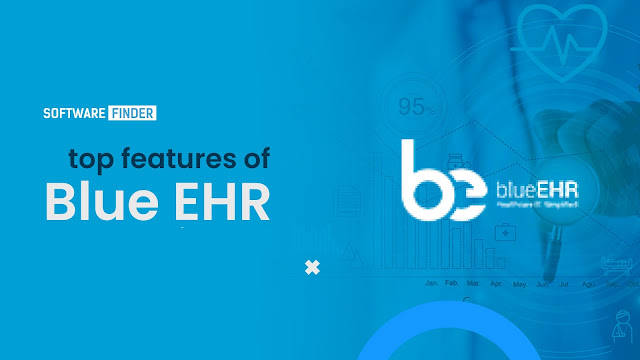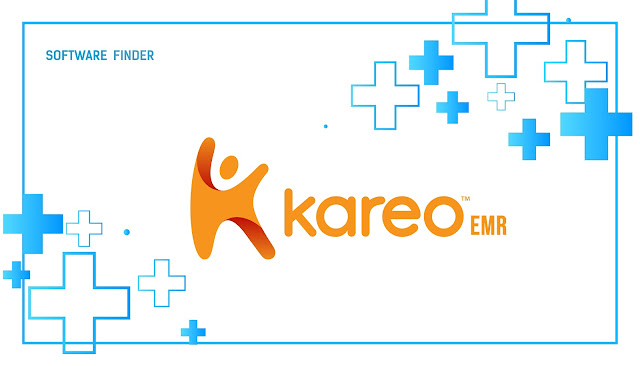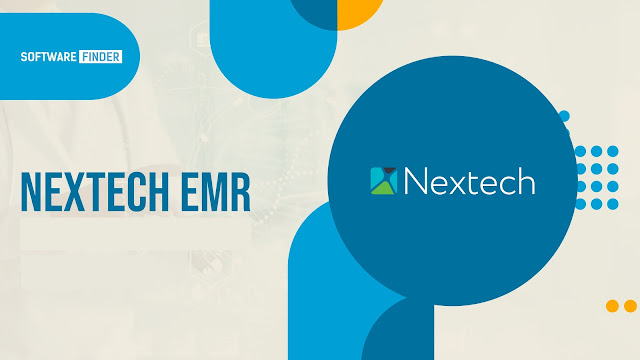Top 7 Features of Blue EHR That Make it Right For Your Practice
An EHR should optimize productivity. The most useful EHRs track workflows in real-time and eliminate bottlenecks. You should never have a patient wait in the waiting room, and a quality EHR should help you remember to complete tasks such as signing notes, reviewing lab results, approving medications, and answering patient messages. It should also provide a holistic view of all tasks in your practice, helping your entire staff to perform more efficiently.
Top Features of Blue EHR
Remote Accessibility
Blue EHR is a cloud-based medical record solution suitable for solo practitioners and practices with up to 1,500 users. It has multiple languages and is available for access from any device with an internet browser. The company behind Blue EHR, ZH Healthcare, is based in McLean, VA, with a regional office in India. Blue EHR is fully compliant with HIPAA and ICD-10 standards. Blue EMR has the capability of being updated with the latest features and pricing.
Medical form Branching
One of the most effective ways to improve care is through improved workflows, which is why many EHR vendors include standard specifications for HL7 v2, FHIR, and health information exchanges. These specifications, though not exhaustive, can serve as an excellent foundation for connecting system interfaces. This capability is especially valuable when it comes to optimizing clinical forms for faster note finalization. Moreover, it will allow caregivers to dynamically change and complete a form based on the information they have gathered in the patient's chart.
Interoperability
The Blue EHR is a popular electronic health record system (EHR) for hospitals. But it isn't without its drawbacks. Several hospitals report significant barriers to interoperability. We evaluated the Blue EHR in terms of its engagement with patient-centered medical homes, accountable care organizations, and bundled payments. The level of engagement in interoperability across these four domains was similar in APM and non-APM hospitals.
As a result, the Blue EHR has undergone several trials in the past to determine its interoperability. Interoperability is a process in which two or more healthcare organizations share information with each other. The process of interoperability involves sharing medical records between health care facilities and payers. A successful implementation will facilitate the exchange of patient data with other health care providers and improve the quality of care for patients.
Read More: Benefits of Aesthetics Pro EHR Software For The Medical Industry
Patient Portals
Patient portals are a new way for patients to access health information. The Health Information Technology for Economic and Clinical Health Act has been an important step in ensuring EHR adoption, but the implementation of patient portals is still challenged by many factors. Here are some of the most common barriers to patient portal adoption. Read on to learn how you can overcome them. Here are three reasons why patient portal adoption is important for your practice.
One of the greatest challenges of patient portal adoption is the demographics of the users. While portals designed for younger patients are widely adopted, older patients have a difficult time adopting these tools. Older patients also have security issues and need assistance from family members to navigate the interface. Additionally, patients over 65 are likely to have a more difficult time using a patient portal, so it's essential to consider their needs when designing a patient portal.
Reduced Prescriptions
The benefits of reducing the number of expensive prescription medications have long been acknowledged, and now it is gaining traction in the healthcare industry. An initiative launched by Blue Cross and Blue Shield of California has been generating much excitement. The Blue EHR system allows clinicians to compare the prices of different types of drugs based on the formulary and the benefits package of the patient. In addition, the EHR allows clinicians to access lower-cost alternative medicines.
Reduced Medical Errors
There are numerous benefits to using an EHR, but one of the most important is the reduction of medical errors. Research published by the BMJ journal found that medical errors account for about a third of deaths in the United States. According to this study, more than 250,000 deaths are due to medical errors each year. Even if the numbers are conservative, the problem is significant. Despite this, hospitals are looking for ways to decrease the likelihood of medical errors.
While most healthcare professionals understand that mistakes happen, the reality is that they can cause great harm to patients. Despite this, it is important to remember that every day, thousands of people suffer medical errors. In fact, errors caused by medical professionals are the third leading cause of death in the United States, behind heart disease and cancer. Blue EHR is a valuable tool for improving accuracy. But, the benefits of using an EHR go beyond a single EHR.




Comments
Post a Comment